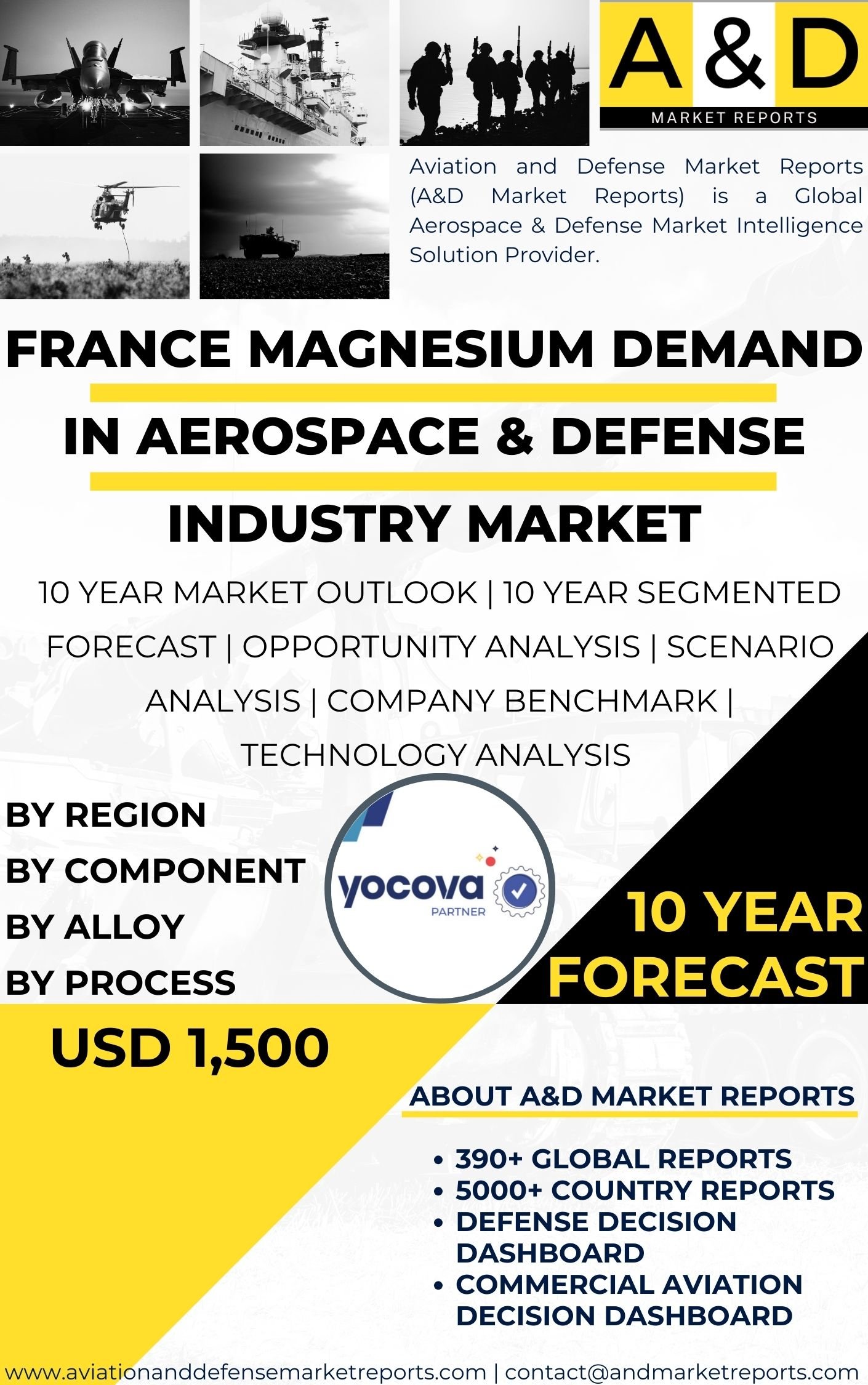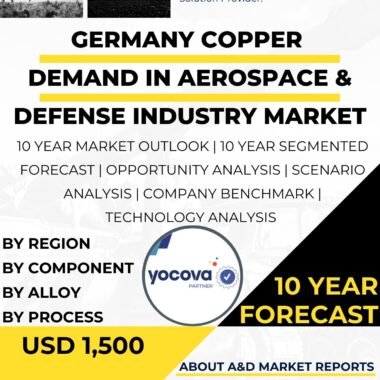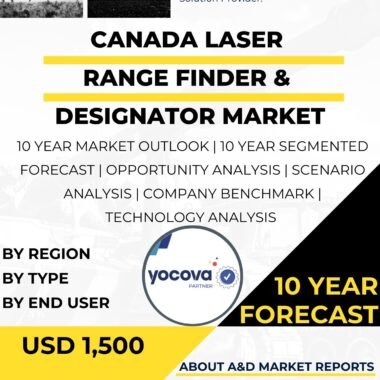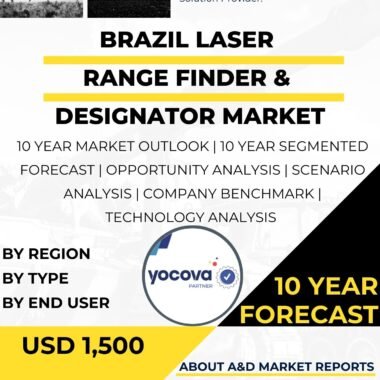Description
The demand for magnesium within Brazil’s aerospace and defense industry is shaped by several critical factors related to the unique properties of magnesium and the evolving needs in these sectors. Magnesium, known for its exceptionally low density and favorable strength-to-weight ratio, is highly sought after as a lightweight metal to enhance fuel efficiency and overall performance of aerospace and defense equipment. This makes magnesium an important strategic material, especially for applications where reducing weight without compromising structural integrity is crucial. In aerospace, weight reduction leads directly to significant fuel savings, improved range, and reduced carbon emissions, which align with global trends toward sustainability and cost efficiency. This demand for magnesium alloys in aircraft manufacturing, military vehicles, and other defense systems is driven both by national priorities in Brazil and by participation in international markets where competitiveness depends on advanced material use.
Brazil’s aerospace sector, anchored by companies such as Embraer, is globally recognized for its innovation in commercial and regional aircraft production. The use of magnesium alloys in airframes, engine components, and aircraft interiors helps to reduce mass while maintaining high standards of durability and safety. Magnesium’s compatibility with other lightweight metals such as aluminum and titanium allows for the creation of hybrid structural components that meet stringent aerospace standards. Moreover, advancements in magnesium alloy development?improving corrosion resistance and strength?have expanded their applicability in this industry. As technologies evolve, more sophisticated magnesium compounds and alloys are being adapted to meet the demands of high-stress aerospace environments, from structural parts to landing gear elements. The growth of Brazil?s aerospace exports and the steady stream of contracts for military aircraft and unmanned aerial vehicles reinforce magnesium as a material of growing importance in the national manufacturing base.
The defense sector in Brazil similarly drives demand for magnesium due to its extensive use in lightweight armor, vehicle components, and missile and projectile casings. The need to balance mobility with protection in ground forces, as well as to develop lighter, more efficient military hardware, aligns well with the properties of magnesium alloys. Defense applications require materials that can withstand harsh environmental conditions while reducing the overall weight burden on personnel and equipment. In this regard, magnesium-based materials offer an edge over heavier traditional metals, increasingly preferred amid Brazil?s modernization programs across its armed forces. Additionally, Brazil?s participation in multinational defense collaborations and large-scale procurement programs makes magnesium an attractive choice for meeting international standards in power-to-weight efficiency.
Brazil possesses domestic magnesium production capabilities and imports magnesium compounds and metal to meet growing demand. The country?s resource base, including magnesium from minerals and secondary sources, supports local industries, though there is also a reliance on imports due to the global distribution of magnesium producers and suppliers. This blend of domestic production and imports helps ensure supply chain stability and competitive pricing for magnesium used in aerospace and defense sectors. Recent trends in sustainability and circular economy practices have stimulated efforts to improve magnesium recycling and reuse, further supporting the strategic availability of this critical metal within Brazil?s industrial ecosystem.
The broader Brazilian industrial environment underpins magnesium demand as manufacturers seek materials that support advanced manufacturing techniques, such as casting, forging, and emerging additive manufacturing processes like 3D printing. These processes allow for complex magnesium alloy components with tailored mechanical and corrosion-resistant properties, which meet the precise specifications required for both aerospace and defense. Innovation in manufacturing also reduces material waste and enhances structural performance, enabling Brazil to compete more effectively on the global stage in aerospace and military technology.
Regulatory and environmental factors also influence demand. As global aerospace and defense sectors tighten emissions standards and emphasize sustainability, the push toward lightweighting materials like magnesium intensifies. Brazil?s alignment with these global trends augurs well for sustained magnesium use, as companies and government programs increasingly integrate environmental stewardship with defense and aerospace technology development. The intersection of growing air travel demand, defense modernization, and sustainability commitments forms a robust foundation for magnesium demand.
However, challenges such as the cost of magnesium alloys and the need for ongoing innovation in corrosion protection and flammability control remain. The industry continues to invest in research and development to overcome these hurdles, thereby enhancing magnesium’s adoption across a wider range of aerospace and defense applications. Technological advancements and improved supply chain dynamics in Brazil will be crucial to capitalizing on magnesium?s benefits while mitigating its limitations.
In summary, magnesium demand in Brazil?s aerospace and defense industry is propelled by its essential role as a lightweight metal that meets the evolving technical and sustainability requirements of these sectors. Strong domestic aerospace manufacturing capabilities, defense modernization efforts, resource availability, and technological innovation collectively drive this demand. The continued integration of magnesium alloys in aircraft production, military vehicle design, and advanced manufacturing processes underscores magnesium?s strategic value for Brazil?s aerospace and defense markets. This growth is further supported by environmental regulations and the global push for fuel efficiency and emissions reduction, making magnesium an indispensable material for current and future aerospace and defense initiatives in Brazil.




